Ever watched your cat suddenly perk up their ears at absolutely nothing, or seen them position themselves between you and a stranger at the door? You might wonder if you’re living with a furry security guard. The truth behind feline guardianship runs deeper than simple pet behavior.
This protective instinct isn’t just your imagination. For thousands of years, humans have recognized something almost mystical about cats and their relationship to the home. From ancient Egyptian temples to modern living rooms, these enigmatic creatures have consistently been viewed as protectors, spiritual guardians, and bridges between worlds we can see and those we cannot.
The Sacred Cat Guardians of Ancient Egypt
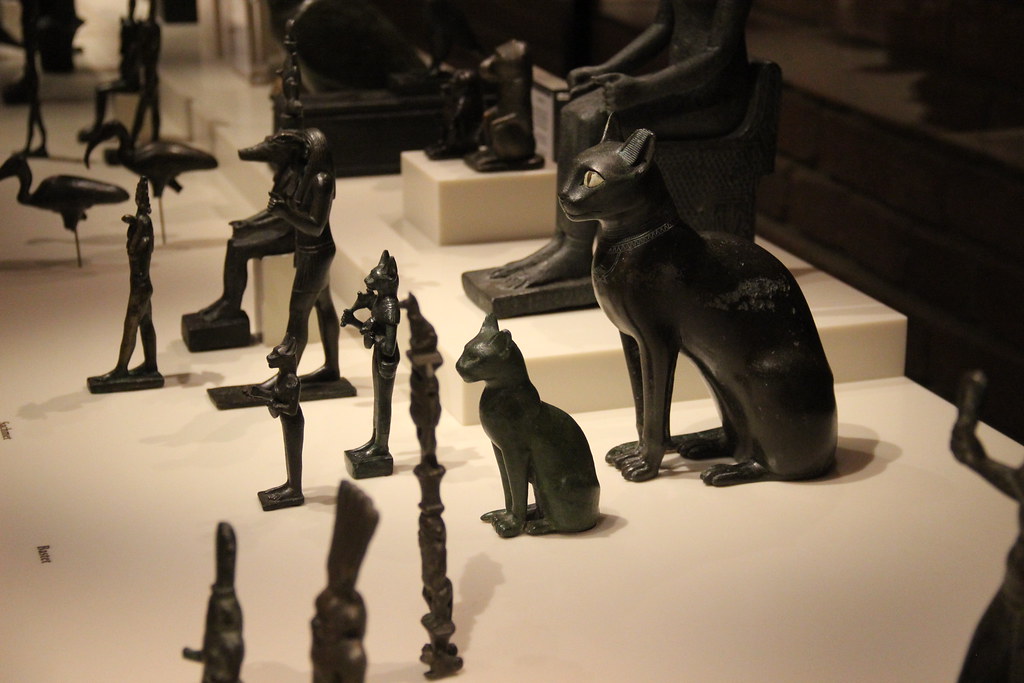
In ancient Egypt, cats were not just pets but were considered divine symbols of protection and power. The goddess Bastet, depicted as a woman with a cat’s head, represented protection, fertility, and motherhood, making her one of Egypt’s most beloved deities. In Egypt, the goddess Bastet represented divine protection, with cats considered sacred beings capable of warding off evil spirits. Their role was so revered that harming a cat was considered a serious crime, often punishable by death.
Bastet was revered as the protector of home and family, and she symbolized fertility, love, and joy. Many Egyptians believed that having a cat in the home would invoke the blessings and protection of Bastet. This wasn’t just superstition. In ancient Egypt, cats were mummified and treated with reverence in death due to their spiritual significance and association with the goddess Bastet. The elaborate burial rituals for cats rivaled those of human family members, showing just how central these animals were to Egyptian concepts of spiritual protection.
Nordic and Celtic Views of Feline Spirit Guardians
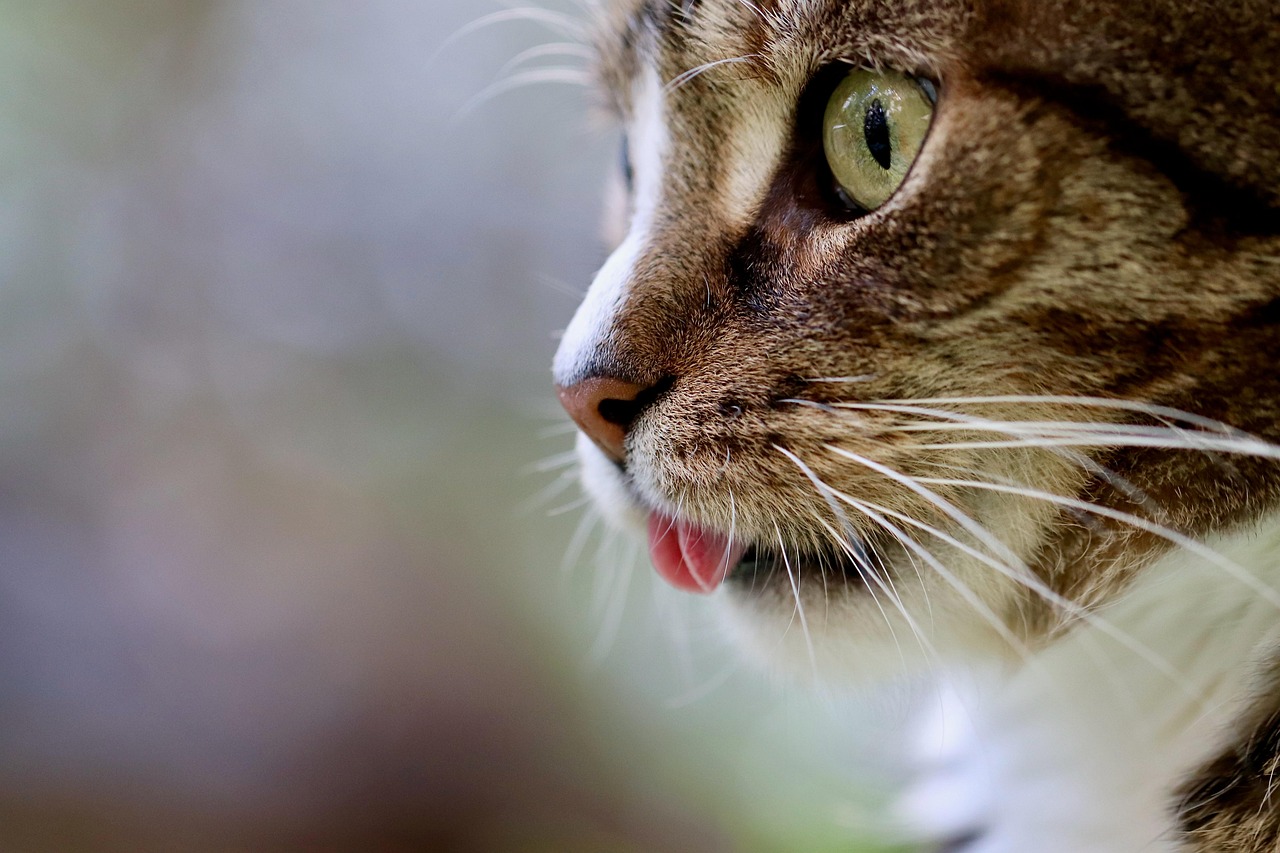
Celtic and Norse traditions viewed cats as guardians of the spirit realm, believing they could traverse between the physical and spiritual worlds. This ability supposedly allowed them to protect their human companions from malevolent forces. Norse myths hint at Freya’s cat-drawn chariot, symbolizing fertility and fortune.
Celtic legends link cats to the Otherworld, bridging mortal and spiritual realms. Moving to the Celtic realms, cats were believed to be the guardians of the Otherworld. These cultures didn’t see cats as mere animals but as supernatural beings with the ability to see and interact with forces beyond human perception. The Vikings particularly valued cats, believing their presence brought prosperity and protected families from harm.
Asian Traditions and the Lucky Cat Phenomenon

The reverence for cats that remains today echoes the animals’ mystical and sometimes otherworldly connection in the mythology of the East, signifying luck, protection, and guardian spirits. In Japanese culture, the image of the Maneki-Neko, the “beckoning cat”, remains an iconic symbol of good luck and fortune. Depicted with one paw raised, it is believed to attract prosperity and positive energy to the household or business it graces.
Cats are often considered spiritual guardians in Japanese culture. It is believed that they have the ability to ward off evil spirits and bring good luck to households. This belief may stem from the cats’ natural behavior of hunting pests and their perceived ability to sense supernatural occurrences. Japanese folklore also features supernatural cat creatures known as Bakeneko and Nekomata. These creatures are believed to be cats that have lived for an extended period, gaining magical abilities such as shape-shifting and the ability to speak. While they can be mischievous or malevolent, they are also revered in certain contexts, with some stories depicting them as protectors of their owners.
The Science Behind Cats’ Guardian Behavior
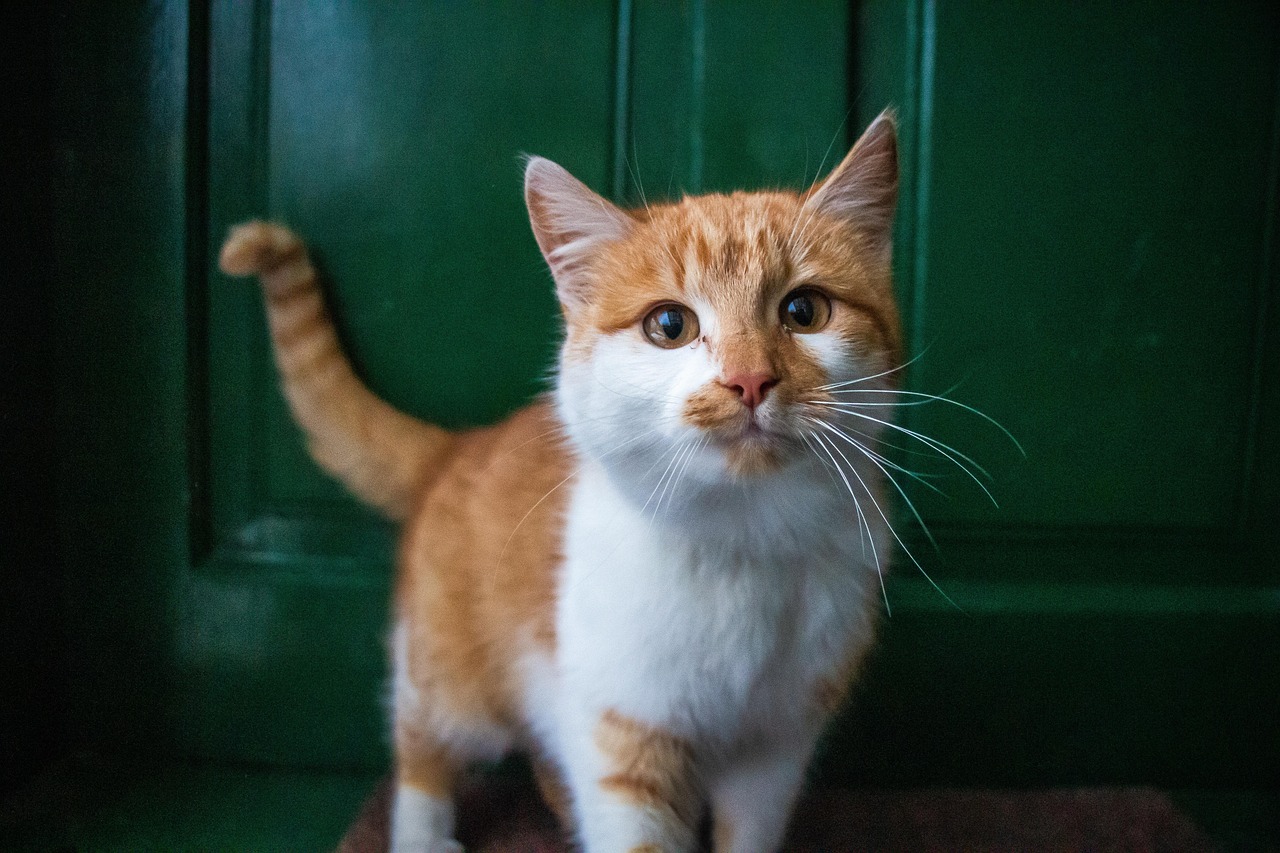
Modern science offers fascinating explanations for why cats seem to act as guardians. While dogs typically show obvious protective behaviors based on pack mentality, cats’ protective nature is more subtle and rooted in territorial instincts and emotional attachment. Cats exhibit protective behaviors through a combination of territorial instincts and emotional attachment. Unlike dogs, who display overt protective behaviors, cats tend to be more subtle in their approach to guarding their human family members.
Their acute senses allow them to detect environmental changes that humans might miss, making them excellent early warning systems for potential dangers. Research has shown that cats prefer social interaction with their owners over food or toys, indicating a strong social bond that goes beyond mere dependency for survival. In a groundbreaking study published in 2011, researchers showed for the first time that “cat-human relationships are nearly identical to human-only bonds,” according to NBC News.
Territorial Instincts and Home Protection
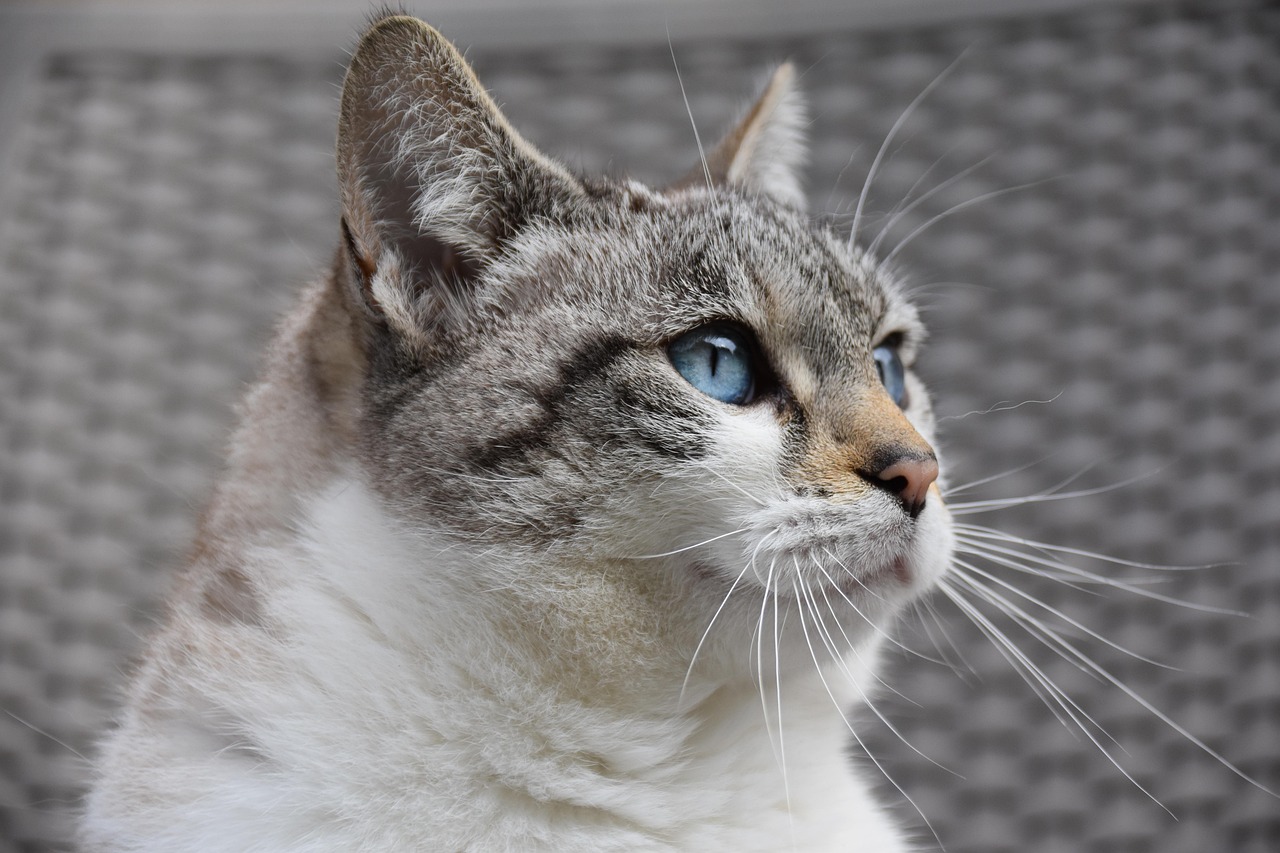
Claiming territory is a part of natural feline behaviour (and that includes indoor cats). The size of the chosen patch, and how fiercely it is defended, varies from cat to cat. In particular, the more closely defined territory around a cat’s main sleeping place is vigorously defended.
Cats are naturally territorial creatures, and this instinct extends to protecting their human family members. Cats’ territorial nature and evolutionary development as both predator and prey species give them natural guarding instincts. Their acute senses and strong bonds with owners drive them to monitor and respond to potential threats, even though their protective style differs from dogs. It’s instinctual for a cat to defend their territory and yours. This territorial behavior isn’t just about space – it includes protecting the people cats consider part of their social group.
Signs Your Cat Is Acting as a Guardian
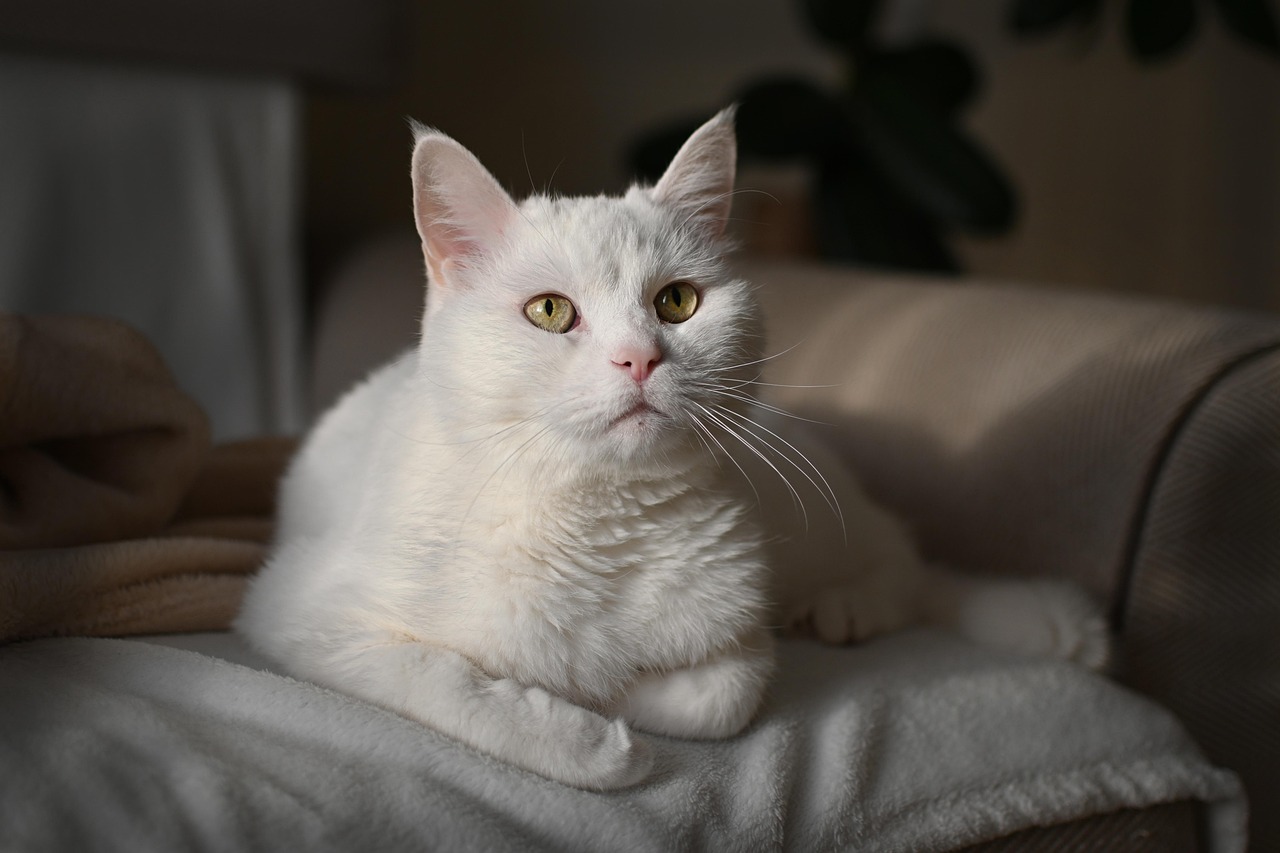
Signs of guarding behavior include following you around, positioning themselves in elevated spots to observe their surroundings, reacting to unusual sounds or movements, and displaying alert body language when strangers approach. This behavior, known as shadowing, is a clear protective instinct. Your cat is monitoring your safety and positioning themselves to intercept any potential threats.
Cats use various sounds to warn of potential dangers and protect their territory. A protective cat remains constantly aware of their environment and potential threats. Cats’ protective instincts stem from both their territorial nature and the strong emotional bonds they form with their owners. Some clear indicators include: Staying physically close: Your cat may follow you from room to room or sit beside you during rest periods. Watching intently: Many cats position themselves to keep a watchful eye on their owners, sometimes staying nearby to monitor unfamiliar guests.
The Purring Power and Energy Clearing

Cat purring occurs at frequencies typically between 25-50 Hz, with some cats reaching up to 150 Hz, which scientific studies have shown can promote healing and reduce stress. While spiritual healing through purring isn’t scientifically proven, the calming effect of a purring cat is well-documented. Research shows that their purring frequency (typically 25–50 Hz, though some reach 150 Hz) promotes healing, reduces stress, and improves bone density. Many spiritual practitioners believe this frequency aligns with the vibrations of higher realms, acting as a soothing balm for both physical and energetic ailments.
Modern spiritual practitioners often speak of cats’ ability to absorb and neutralize negative energy. They point to behaviors like purring – which occurs at frequencies known to promote healing – and cats’ tendency to rest in specific locations as evidence of their energy-clearing abilities. Some believe that when cats rub against people or sleep near them, they’re actually sharing protective energy and cleansing their owner’s aura. While this remains in the realm of belief rather than proven science, the physical benefits of a cat’s presence are undeniable.
Supernatural Sensitivities Explained by Science
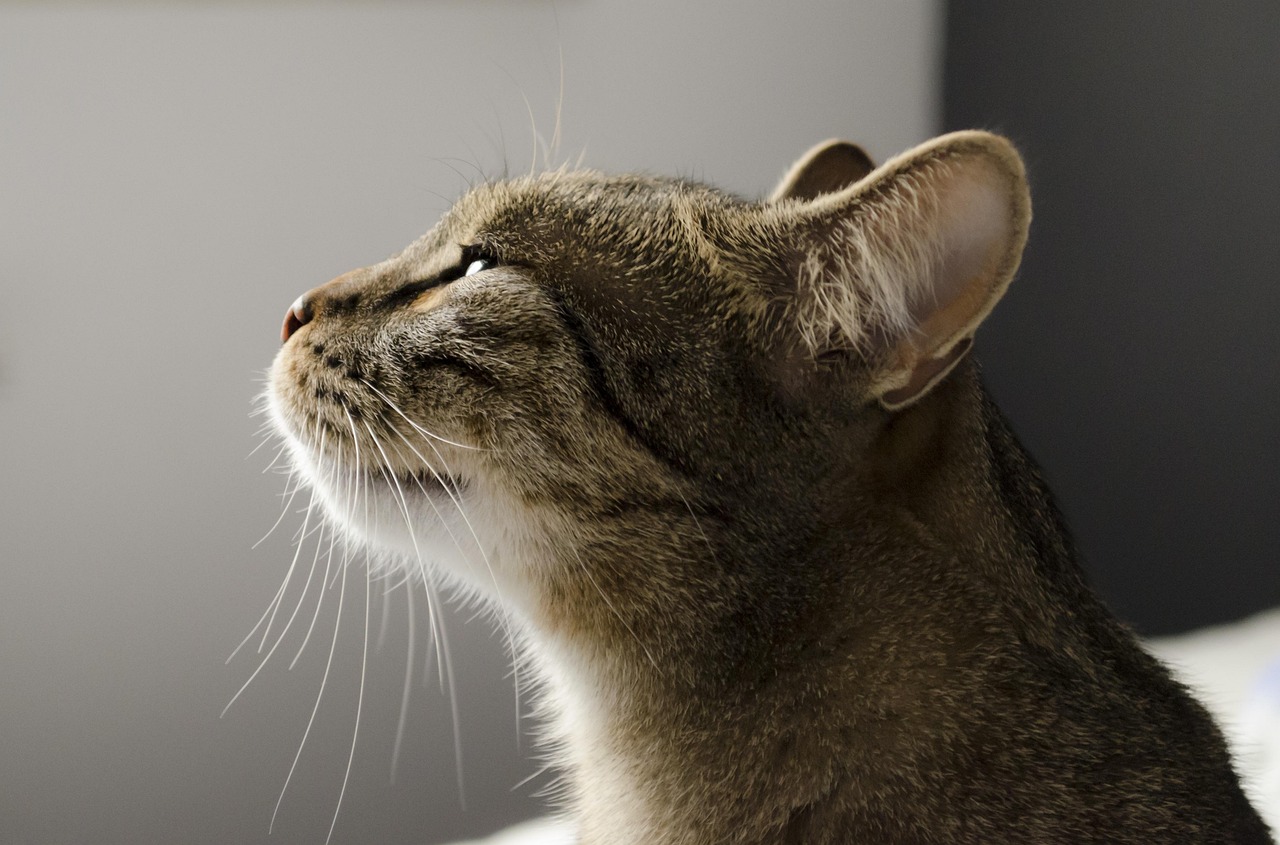
Cats and dogs both have powerful abilities to hear beyond what the human ear can detect. They can hear different frequencies, particularly higher pitches. Cats can hear frequencies 1.6 octaves higher than humans. Plus, they can move their ears independently, which allows them to pick up sounds from different directions. Cats and dogs have eyes that are built for night vision. They still bump into things and can’t see at all if it’s too dark, but they can see better than we can.
While cats cannot literally detect “evil,” they possess highly sophisticated sensory capabilities that make them incredibly perceptive to human emotions and behaviors. Cats use their superior smell, hearing, and vision to detect chemical changes in body odor, variations in heart rate, subtle changes in body language, and stress-related hormones that humans release. Whether cats are aware of the supernatural or not, we do know that cats are highly in tune. Cats tend to be attentive to your emotions because they are aware of them before you even walk in the door. Cats don’t tend to communicate verbally with each other, they rely more on emotion and body language. So, it’s no wonder that they can sense danger, emotions, and possibly even things we can’t sense or feel.
When Protective Behavior Goes Too Far
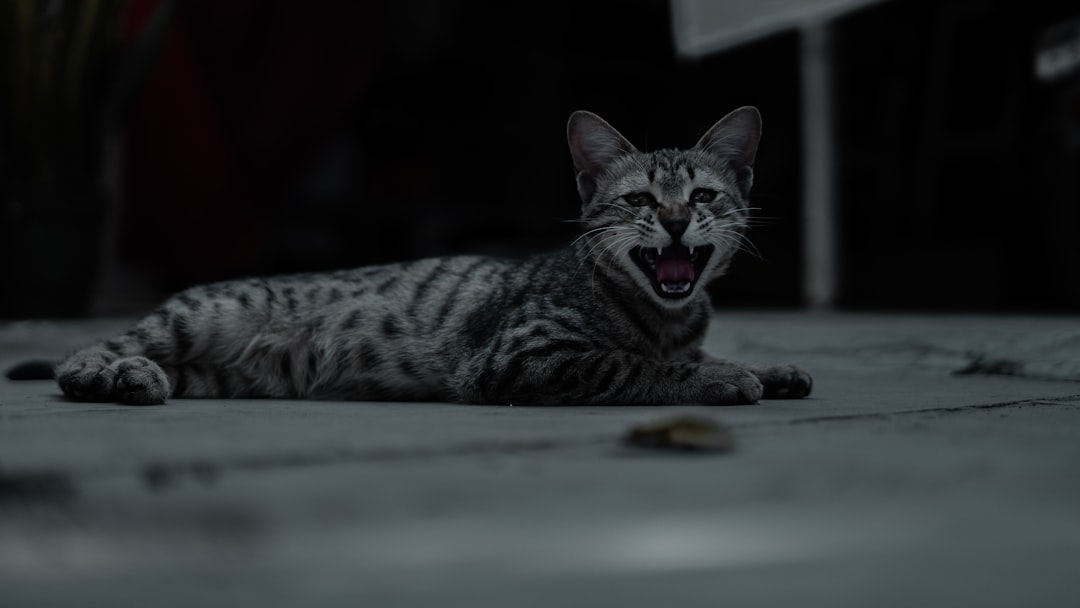
Having a protective cat can seem sweet, and there are even instances of cats chasing away dogs and other potential predators to protect their humans. However, it can become a problem if a cat becomes overprotective. The cat may try and prevent other people from getting too close to you and can even attack visitors to the house or other family members if they perceive them as a threat.
“It is very important not to console an aggressive cat, as this may be perceived as approval of aggression,” explains the Cornell Feline Health Center. “It is also important not to retreat or show fear, as this may reinforce the behavior if your retreat is what the cat wants.” While protective behavior is admirable, at times it can escalate into aggression. If a cat becomes overly reactive around guests or lash out at other pets or people, it might be acting out of misplaced protectiveness.
Cultural Evolution and Modern Cat Guardianship
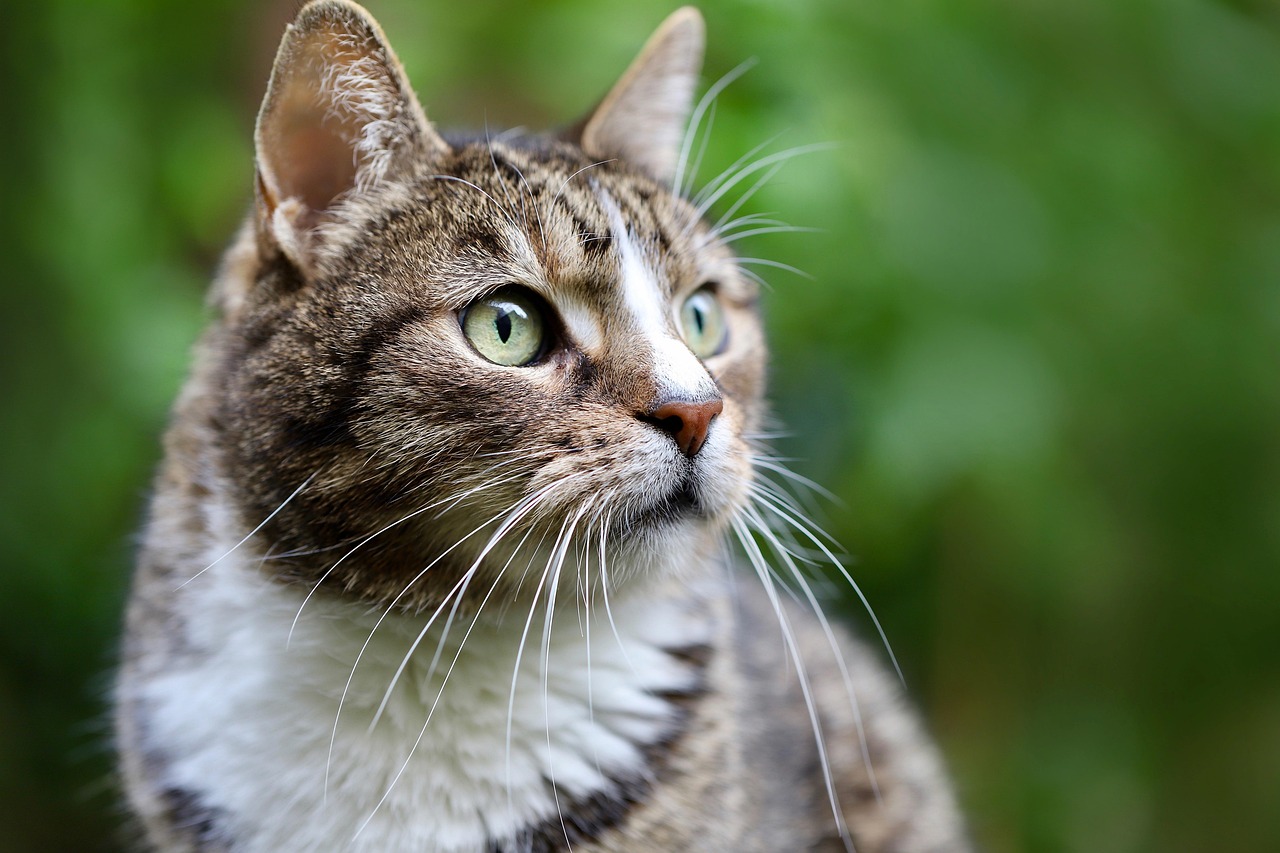
From ancient deities to revered protectors and mysterious familiars, the mythical roots of cats have woven a narrative that extends beyond folklore into the realms of modern media and popular culture. Whether cast as magical companions, symbols of mystery, or adorable internet sensations, cats maintain an enduring allure that echoes the mythical reverence they commanded in ancient stories.
Feline folklore has captivated human imagination for centuries, weaving cats into myths and legends across various cultures. From the revered Egyptian goddess Bastet to the mysterious Maneki-neko of Japan, cats have held significant roles that often symbolize mystery, protection, and good fortune. This exploration of feline folklore delves into the rich tapestry of stories that highlight the mystical and practical roles cats have played throughout history. Today’s pet cats still exhibit these ancient guardian instincts, just adapted to modern homes and lifestyles.
Conclusion
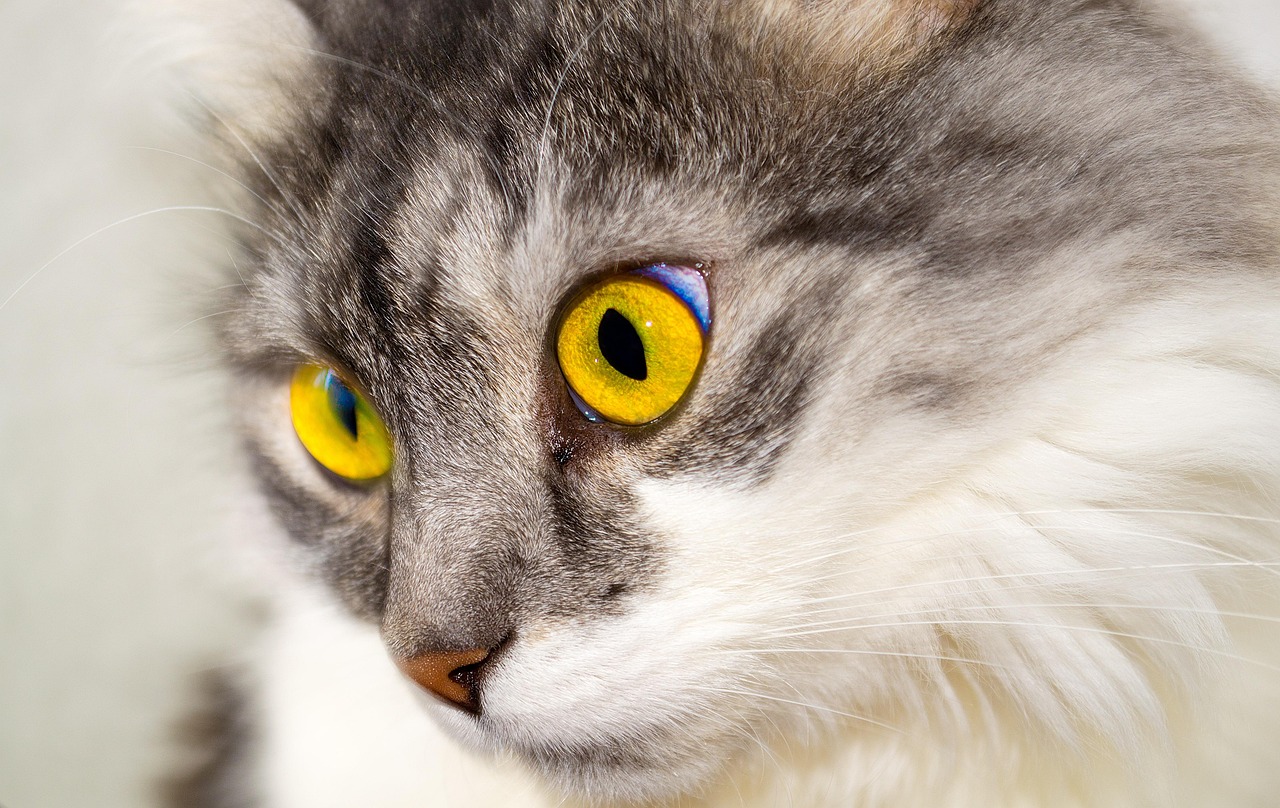
The guardian behavior of cats isn’t just folklore or wishful thinking from devoted pet owners. It’s a complex blend of evolutionary instinct, territorial behavior, and genuine emotional bonds that cats form with their human families. Whether we attribute their protective nature to ancient spiritual connections or modern scientific understanding, the result is the same: cats genuinely do act as guardians of their homes and the people they love.
From Egyptian temples to suburban living rooms, cats have maintained their role as protectors, using their superior senses and intuitive nature to watch over their human companions. While science may explain away some of the mystical aspects, the bond between cats and their protective instincts remains as strong today as it was thousands of years ago. Next time your cat positions themselves between you and a stranger, remember – you might just have an ancient guardian spirit wrapped in a furry package.
What do you think about it? Has your cat ever surprised you with protective behavior? Tell us in the comments.





